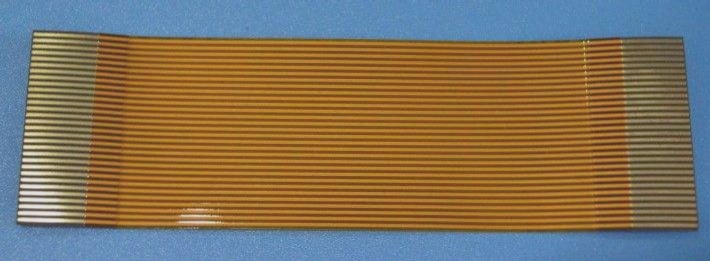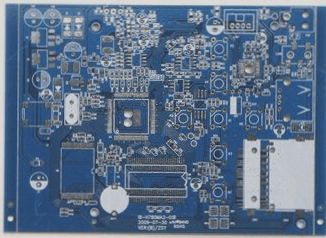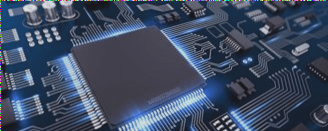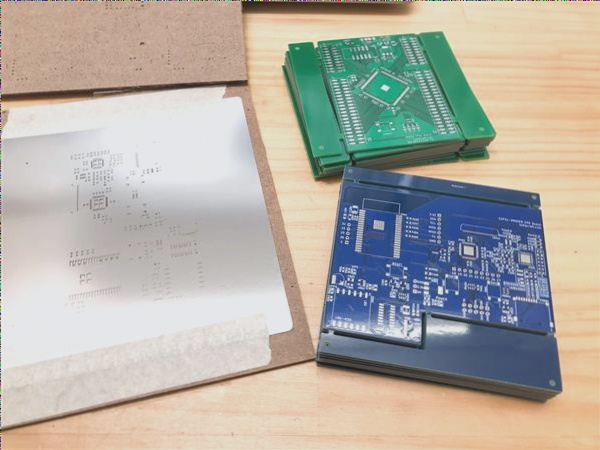**PCB Plate Making Methods: A Comprehensive Guide to Direct, Direct-Indirect, and Indirect Techniques**
When it comes to PCB plate making, there are three main methods to consider: direct, direct-indirect, and indirect plate making techniques. These methods utilize photosensitive films, pastes, and indirect films to create intricate circuit patterns. In this article, we will delve into the **direct plate making method**, exploring each step in detail along with the essential materials required.
1. **Direct Plate Making Method**
The direct plate making method starts with applying a layer of photosensitive paste onto a stretched mesh screen. This is followed by a series of steps including drying, exposure, development, rinsing, and final drying. The end result is a screen printing stencil crucial for PCB fabrication.
**Process Overview:**
- **Photosensitive Paste Preparation**
- **Degreasing the Screen**
- **Drying**
- **Coating**
- **Exposure**
- **Development**
- **Final Drying**
- **Revision and Final Exposure**
- **Sealing**
Each of these steps plays a vital role in ensuring the screen is adequately prepared for high-quality PCB production.
**Detailed Breakdown of the Process Steps:**
1. **Degreasing**
The initial step involves degreasing the screen to remove any oil or grease residues. This process ensures proper adhesion of the photosensitive paste, preventing peeling during printing and enhancing the screen-paste bond.
2. **Drying**
After degreasing, the screen must be dried thoroughly to eliminate any moisture. Maintaining a drying temperature of **40–45°C** is crucial to prevent mesh tension variations that could lead to uneven results.
3. **Photosensitive Paste Preparation**
Creating the photosensitive paste involves mixing a photosensitizer with water and allowing it to blend for **8 hours**. This resting period activates the photosensitizer, ensuring optimal exposure characteristics.
4. **Coating**
Coating the screen with photosensitive paste is done using a doctor blade or coating machine. Multiple coatings may be applied to achieve the desired thickness, ensuring uniformity and minimizing bubbles.
5. **Exposure**
Exposure involves using an exposure machine to harden the photosensitive paste through UV light. This step defines the final pattern for PCB transfer, with hardened areas remaining and unexposed areas rinsed away for development.
6. **Development**
Rinsing the screen post-exposure removes unhardened paste, revealing the intended pattern for screen printing. Proper development is crucial for accurate image resolution and defect prevention.
7. **Final Drying**
Post-development, the screen undergoes a final drying process to solidify the pattern, preparing it for screen printing.
8. **Revision and Final Exposure**
Any necessary revisions can be made at this stage, ensuring the screen is primed for the PCB manufacturing process.
9. **Sealing**
PCB Screen Printing Process: Direct Plate-Making Method
Screen printing for PCBs involves a meticulous process to ensure high-quality results. From film coating to final sealing, each step plays a crucial role in the production cycle.
Film Coating Method – Insights
Coating Film Thickness:
- Proper thickness on squeegee & printing surface enhances performance and durability.
- Thin coating film on printing surface may lead to faster degradation over time.
- Excessive coating on squeegee can cause uneven distribution and reduced sensitivity.
- Insufficient coating on squeegee may result in low durability and poor image quality.
Drying:
Uniform drying of photosensitive paste is crucial for screen longevity. Ideal drying temperature is 40-45°C for about 10 minutes.
Exposure:
Proper exposure is key for sharp image transfer. Factors like exposure energy, time, and cleanliness influence quality. Utilize step exposure method for optimal results.
Development:
Water development washes away unexposed paste. Use high-pressure water gun in a fan motion for efficient clearing. Avoid close-range washing to prevent image distortion.
Repair and Inspection:
Inspect for defects and repair NPTH holes as needed to maintain quality.
Final Exposure & Sealing:
A final exposure enhances adhesion and durability. Seal screen areas to prevent ink leakage during printing.
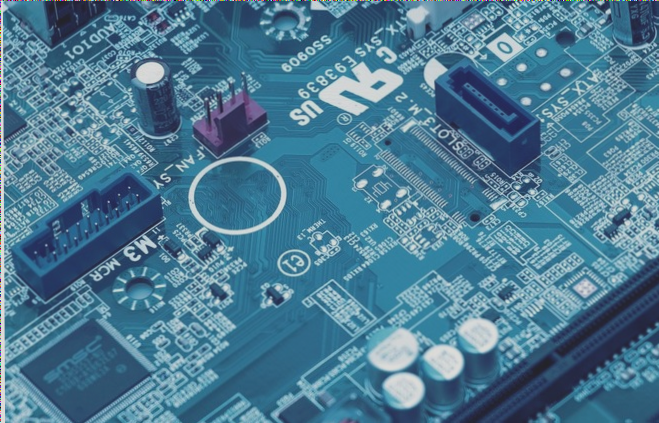
Photosensitive Film Screen Printing Process
- Stretched Mesh
- Degreasing
- Moisturizing
- Filming
- Drying
- Reinforcement
- Exposure
- Development
- Drying
- Revision
- Sealing
The photosensitive film, also known as a water film, consists of a transparent plastic base (0.1mm thick) coated with photosensitive emulsion. The process starts by thoroughly moistening the screen, followed by applying the film. Capillary action helps the film adhere to the screen, and after drying, the plastic base is removed for exposure and development.
Key Steps:
- Wetting: Wetting is crucial for forming a uniform water film on the screen, aiding in smooth film transfer and adhesion.
- Film Application: Apply the photosensitive film to the wet screen’s squeegee surface. Use a squeegee to remove excess water post-application.
- Drying: Dry the film below 40°C. Once dry, remove the plastic base and allow the film to dry further for a few minutes.
- Reinforcement: Enhance plate durability by applying a layer of photosensitive paste to the doctor blade post film drying. Ensure proper drying after coating.
Indirect Plate-Making Method
- Stretched Mesh
- Degreasing
- Drying
The indirect plate-making method involves:
- Indirect Film
- Exposure
- Hardening
- Development
- Fitting
- Drying
- Revision
- Sealing
This method starts with exposing the indirect film and hardening it using 1.2% H2O2. Development is done with warm water. The graphic film is then adhered tightly to the stretched screen, followed by film base removal and drying, resulting in a usable screen printing plate.
Combined Direct and Indirect Plate-Making Method
In this method, the photosensitive film coated with material is placed on a work surface. A stretched screen frame is placed on top, and photosensitive paste is applied using a soft squeegee. After thorough drying, the plastic base is removed, and the screen is ready for use. This process integrates both direct and indirect techniques, improving flexibility and screen quality.
Key Steps:
- Stretched Mesh
- Degreasing
- Drying
- Peel Off the Film Base
- Exposure
- Development
- Drying
- Revision
- Sealing
This method offers versatile and efficient screen production, optimizing material use and screen durability.

